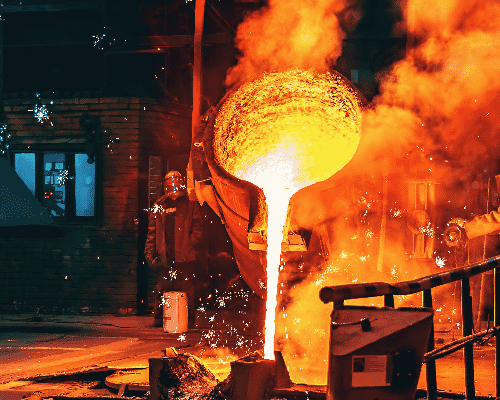
How Variable Speed Drive (VSD) Rotary Screw Air Compressors Save You Money
April 10, 2024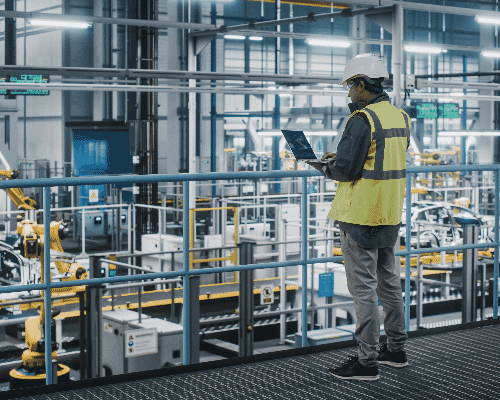
Top Air Compressor Problems and How to Troubleshoot Them
April 24, 2024The Future of Energy Efficient Manufacturing: Rotary Screw Air Compressors
Kaishan USA | April 17, 2024 | Uncategorized

Using advanced communications systems, companies of the future will be able to monitor their air compressors remotely, saving money, cutting downtime and improving efficiency.
Compressed air and rotary screw compressors are poised to leap into the future with new developments that will help companies improve their energy efficiency and reduce their carbon footprint.
Air compressors are already integrated into smart factory systems. Their owners monitor the performance of their systems remotely through Industrial Internet of Things (“IIoT”) technology.
Many companies are using data to optimize the performance of their machines and reduce energy consumption.
Advanced technologies and control systems boost a user’s ability to optimize machine performance.
And more and more compressed air users are adopting preventive and predictive maintenance processes to maximize the health and useful life of their machines.
Let’s review those advances in detail.
Integration into Smart Manufacturing Systems
Tiny sensors built into small, lightweight pneumatic devices allow measurement across the factory floor. Even the simplest devices provide crucial performance data, such as temperatures, pressures, flow rates, cycle times, valve response rates and more.
All that data can now be put to good use, giving us an unprecedented opportunity to monitor your air compressor system. And even do it remotely. Some of that data on machine performance can enable predictive maintenance, alerting you that it’s time to replace components showing wear. Before they begin to fail.
Our previous blog post, “Twelve Reasons Why You Should Be Monitoring Air Compressor Data,” outlined the benefits of capturing, analyzing and applying the insights from air compressor data.
The good news is that the same drive to capitalize on this rich information resource (and put it to good use) is behind the smart factory movement and related approaches like the IIoT and Industry 4.0.
Why to Connect Your Air Compressor to Your Smart Factory
Compressed air users are harnessing data to optimize their systems, cut downtime, increase equipment life, and create a safer environment for their team.
They find they can maintain their systems to their highest level of performance, optimize operations and avoid costly breakdowns that damage equipment and shut down their plants.
They even monitor their systems remotely, using 24/7 access to track system performance and identify readings that are out of spec—addressing problems before they start.

Advanced technologies and control systems boost a company’s ability to optimize machine performance, allowing it to adopt preventive and predictive maintenance processes to maximize the health and useful life of its machines.

There are three main ways to capture the data your air compressor is generating—advanced wireless systems like our AirWatch, Modbus-level controls and programmable relays. We begin with AirWatch.
AirWatch
Our most advanced connection is through our AirWatch system, which uses a wireless-based cellular modem to allow real-time monitoring of your air compressor data through any connected device, from a desktop to a cell phone.
The wireless approach is a game-changer in that it avoids the nightmare of going through your IT department, enterprise software system and factory automation infrastructure.
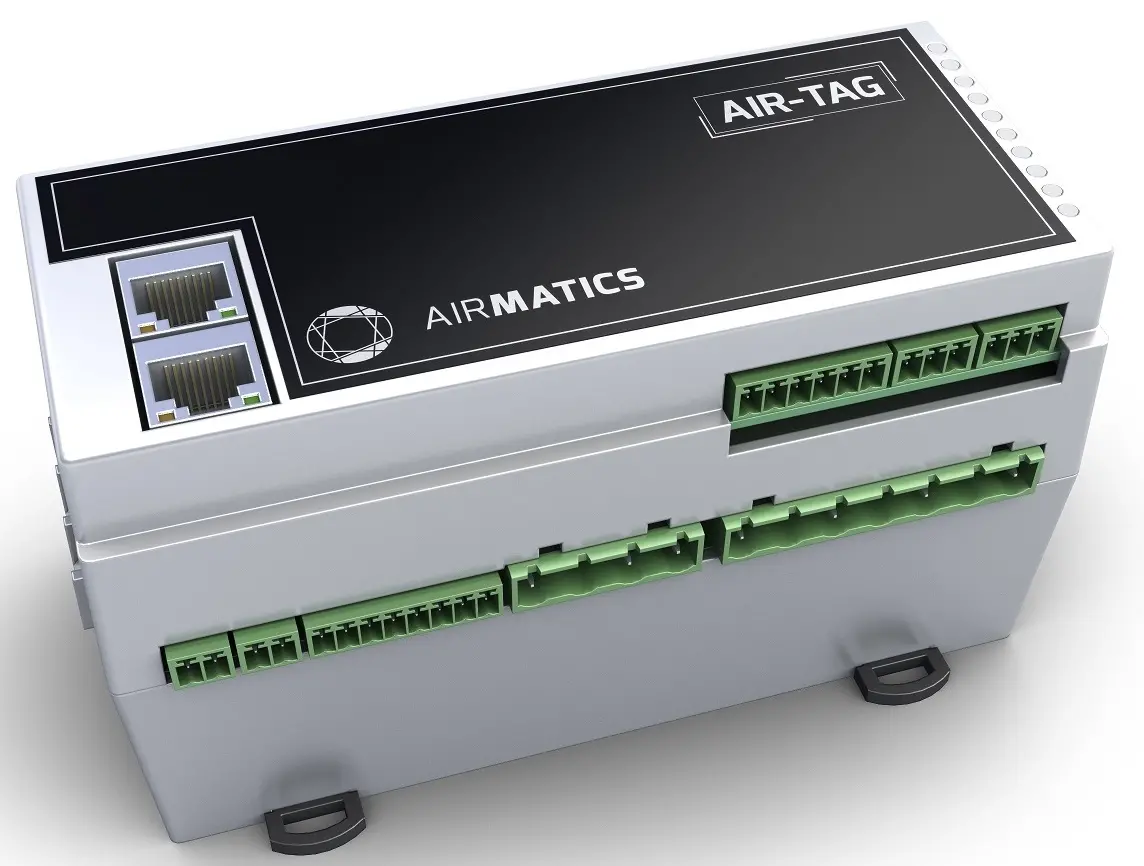
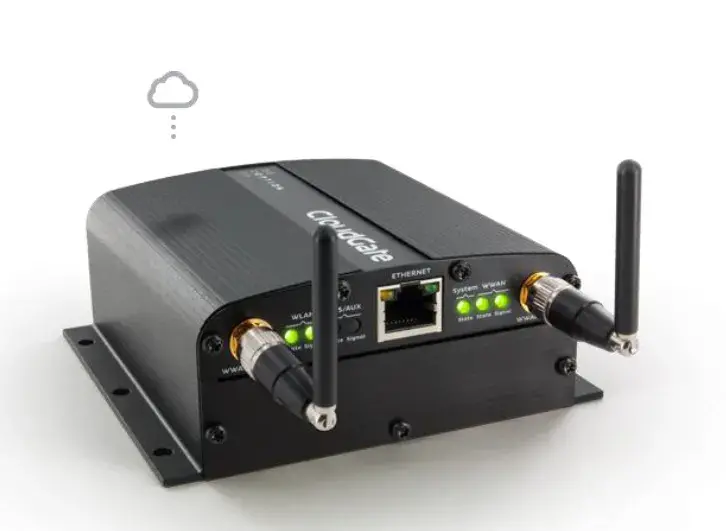
The AirWatch Wireless modem is an edge device that can be mounted remotely to make it easier for you to access its signal.
With AirWatch’s cloud-based compressor monitoring software, you’ll have full access to your compressor, seeing what’s happening in real-time. You can set alarms and see energy use. And, with the addition of sensors (not included with AirWatch), you can check key readings, such as dew point or pressure on the downstream dryers.
You will have 24/7 access with 360° visibility into your air compressor’s status, allowing you to optimize its performance and efficiency. It’s almost like having a continuous audit. For more on the benefits of audits, see our blog post, “How an Air Compressor Audit Can Reduce Operating Costs.”
Modbus-Level Controls
You can also connect the parts of your air compressor system, including compressors, dryers and other equipment, using a Modbus interface. Then, control your devices with the software of your choice.
Modbus is a communications protocol widely used in industrial settings to exchange data between devices. It is brand-agnostic, creating a standard, low-cost data format to link equipment from different manufacturers. It is a "request-response" protocol implemented using a master-slave relationship. As a result, communication always occurs in pairs—one device must initiate a request and then wait for a response. In this case, the initiating device (the master) is responsible for initiating every interaction.
Kaishan equips all its rotary screw air compressors with a Modbus-compatible control system (through an RS485 port) allowing them to work with almost any communications protocol. As a result, they are fully compatible with virtually any remote monitoring system.
Programmable Relays
Kaishan also adds programmable relays that allow you to link your compressors together to coordinate their activities. Our programmable relays are mostly for status or alarms. The majority are either set to fault (shutdown condition), alarm (approaching shutdown condition or service due), compressor running, or compressor ready (to start) You can also set parameters to balance the workload between compressors and monitor system performance measurements like pressure, flow, temperature and electrical use.
And you can establish remote monitoring and alerts without involving your factory automation system or information technology department. So, security issues are minimized, and you can still receive some alerts.
Advances in motor technology and controls will also help make compressed air extremely energy efficient in the factory of the future.
Advanced Motor Technology and Controls
More efficient than induction motors or motors with field windings for high-efficiency applications, permanent magnet motors may soon improve energy efficiency in air compressors.
In addition, the application of variable-speed drive technology to rotary screw air compressors has enabled many companies to save significant amounts of energy and cost.
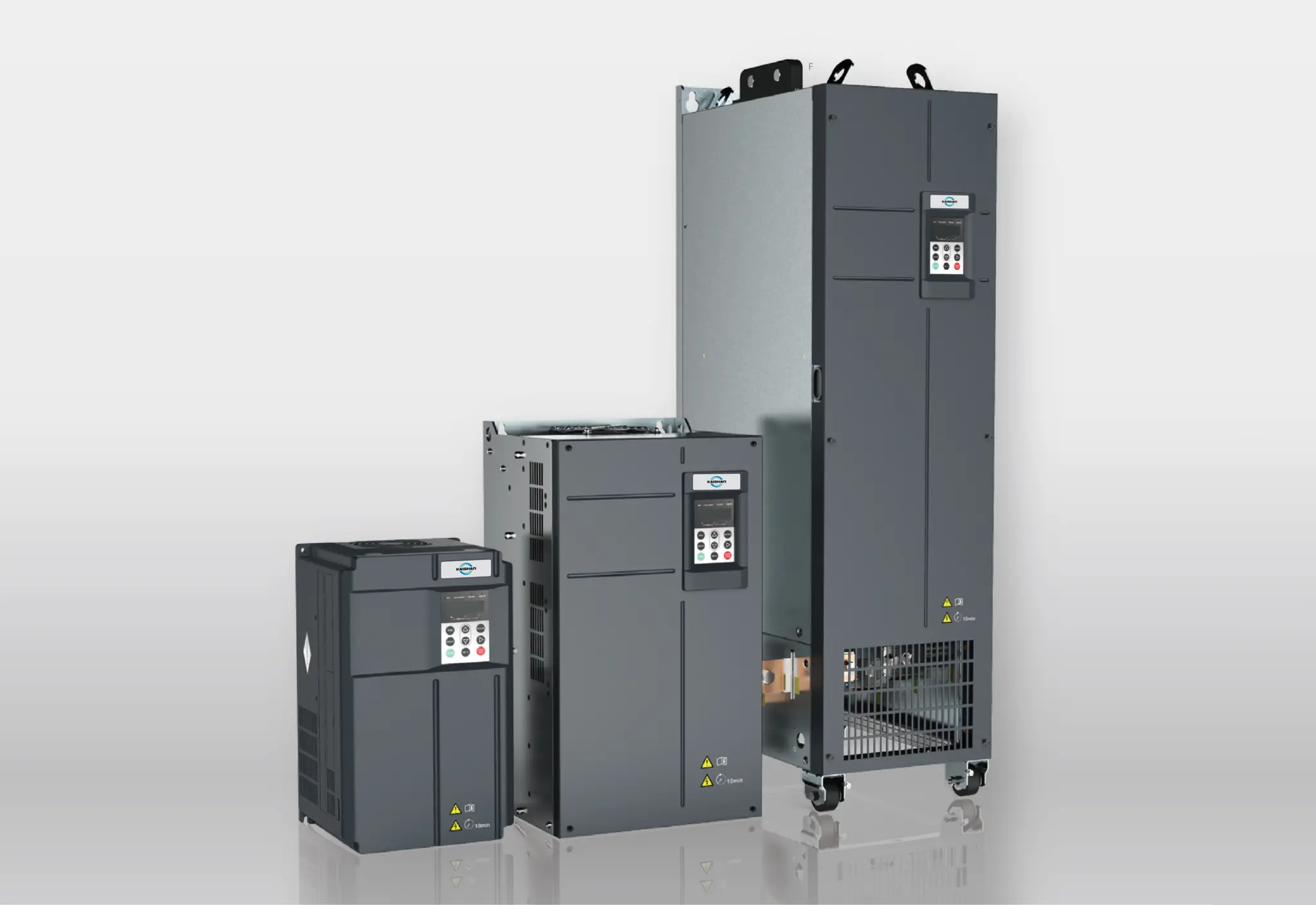
Variable-speed drives allow rotary screw air compressors to operate more efficiently at part-load conditions.
Almost tailor-made for rotary screw compressors, VSD technology allows rotary screw air compressors to operate more efficiently at part-load conditions.
Energy savings are not the only benefit. VSD compressors can earn rebates, allow soft starts and offer better control of your entire compressed air system.
Companies of the future will also save money by recovering some of the heat generated during the compression of the air.
Heat Recovery
Compressed air users can also save energy by recovering the heat removed from their compressed air systems. You can use it for heating water, drying processes or cooking food. Even for space heating, especially in northern climates.
You can recover up to 90% of the waste heat generated during compression, according to Compressed Air Best Practices. Manufacturing.net places the figure as high as 96%.
For more information on configuring your compressed air system to maximize heat recovery, see our blog post, “Compressor Room Design.”
Another important energy-efficiency measure is the development of a consistent maintenance program.
A Consistent Maintenance Program
Establishing a consistent maintenance program will enable you to deliver high-quality compressed air, save money and prolong the life of your air compressor and the other components in your air compression system. And perhaps even extend the service life of the equipment you’re powering.
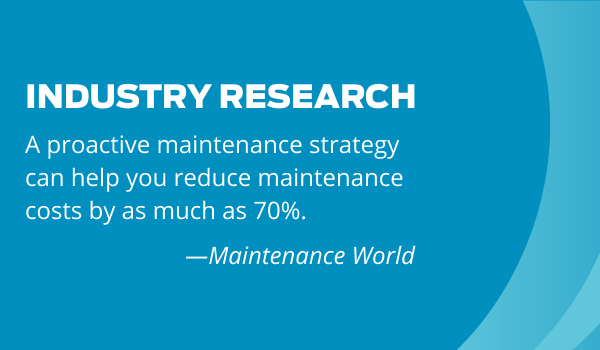
Industry research has proven that a proactive maintenance strategy can help you reduce maintenance costs by as much as 70%.
The goal of preventive maintenance is to anticipate problems before they happen, addressing compressor issues that could worsen and lead to a shutdown. A good preventive maintenance program thus will pay for itself in lower service and replacement costs, reduced energy consumption (not to mention lower utility bills) and fewer costly shutdowns. The result? Fewer instances of lost production time and the associated labor and overtime costs.
For a detailed checklist outlining Kaishan’s approach to rotary screw air compressor maintenance, download our whitepaper, “Air Compressor Maintenance: Ultimate Guide and Checklist.”
Maintenance: A Competitive Advantage

Regular walk-throughs with a maintenance professional can help you turn your air compressor system into a competitive advantage.
Unfortunately, advanced technologies, like ultrasonic leak detection, are beyond the scope of most in-house air compressor maintenance teams. According to recent research, many companies are finding that they no longer have the expertise in-house to deal with the complexities of today’s advanced equipment like, air compression systems.
Countering that trend, some companies have chosen to view maintenance as an opportunity to build competitive advantage. After all, reducing compressed air loss from the average 40% to 50% range to 20% or less can save them tens of thousands of dollars annually in energy costs. That gives these companies a leg up on competitors who track compressed air waste of 50% or more.
Local Help
Even technology, of course, has its limitations. There’s still nothing that replaces good management of your maintenance resources. Walk-throughs, inspections, that kind of thing. Even simply not taking your air compression system for granted.
That’s why having a relationship with an air compressor maintenance professional is so important. Someone with the most up-to-date equipment and a lot of experience using it. We strongly advise companies to seek outside help when issues arise. And bring in a professional anytime you see a drop in performance you can’t explain.
Further, we encourage you to work with your local independent air compressor consultant rather than agree to an all-inclusive air compressor maintenance contract offered by some factory-direct outlets. We’ve always found that your local consultant will give better service at a more reasonable rate, especially when you establish a relationship.
Not sure how to incorporate the latest advances into your compressed air system? We can help. Kaishan USA works with a nationwide network of independent distributors, who can provide on-site help and consultation as needed.
Key Takeaways
-
- Several important advances position compressed air for the energy-efficient factory of the future.
- Air compressors are already integrated into smart factory systems.
- Their owners are monitoring the performance of their systems remotely through Industrial Internet of Things (“IIoT”) technology.
- Companies are using data to optimize the performance of their machines and reduce energy consumption.
- Advanced technologies and control systems boost a user’s ability to optimize machine performance.
- More compressed air users are adopting preventive and predictive maintenance processes to maximize the health and useful life of their machines.
Let Us Help
Taking advantage of the latest developments in compressed air technology can help you achieve your energy and sustainability goals. And, generally, help you future-proof your system. If you need help determining if any of these upgrades would benefit your operation, get in touch with the experts at Kaishan. Contact us today.
Random stat or
customer quote
textXXtext
text

